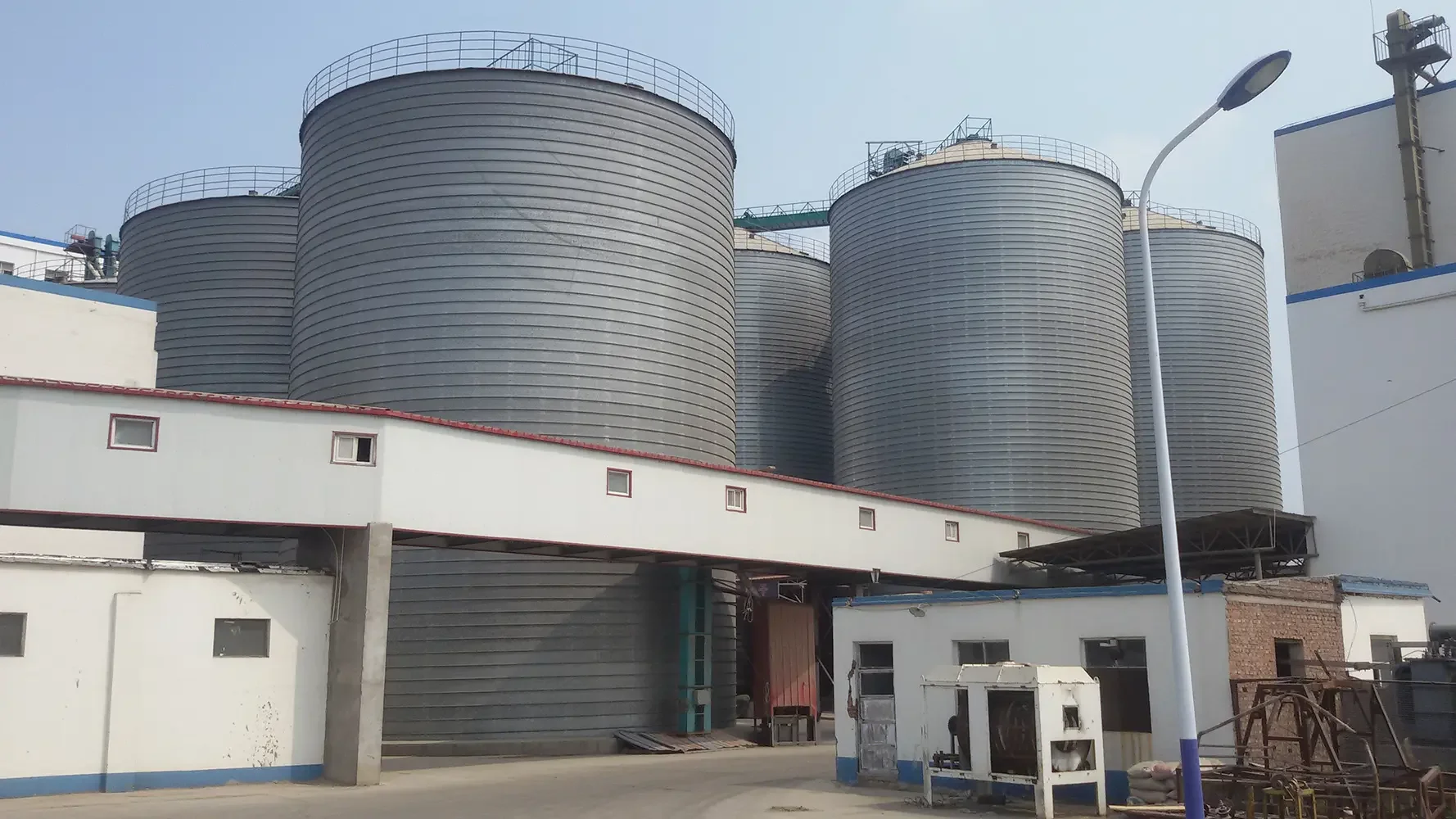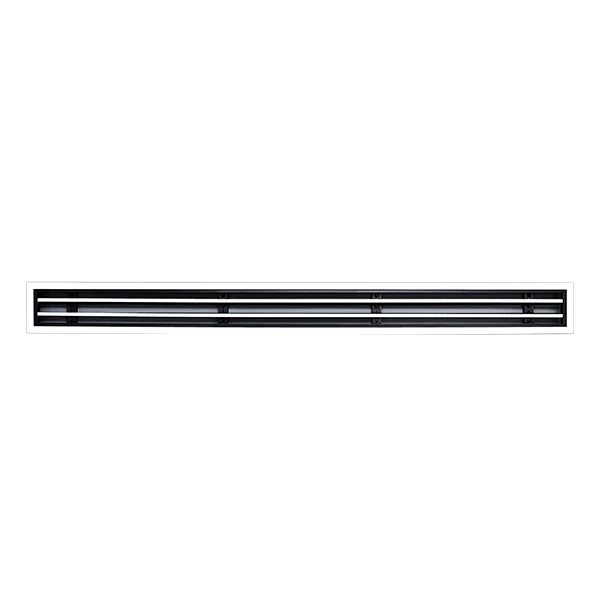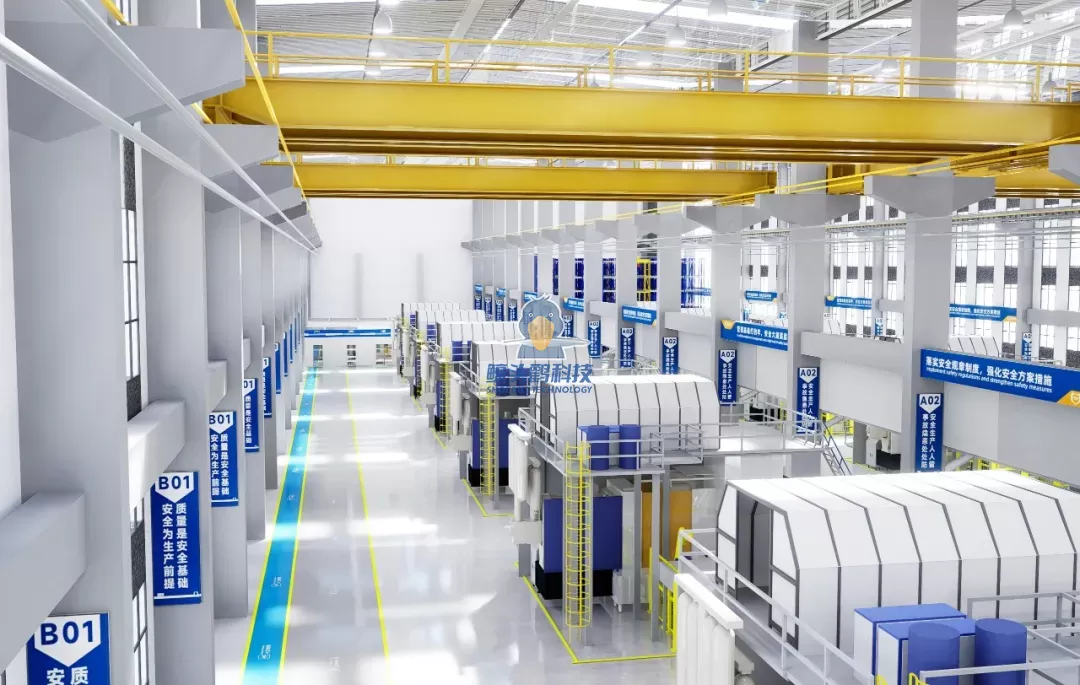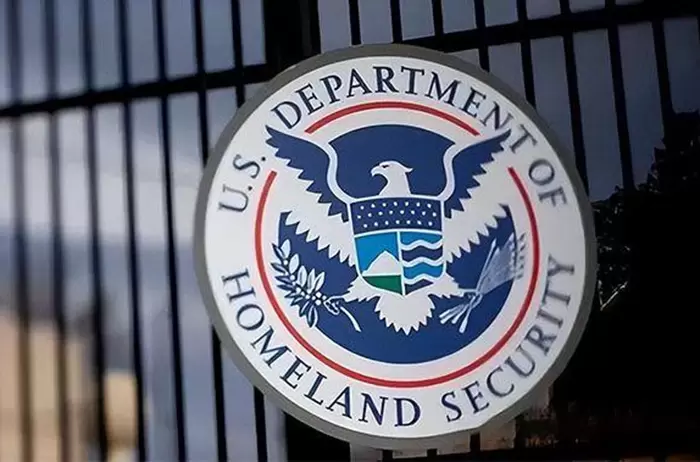In an era where transportation costs can significantly impact our budgets, understanding which means of transport is the least expensive becomes crucial for both individuals and businesses. This article delves into various modes of transportation, evaluating their costs, benefits, and practical implications, ultimately guiding readers toward making informed choices.
Understanding Transportation Costs
Transportation costs encompass a wide range of factors, including fuel prices, maintenance, insurance, and depreciation. Additionally, indirect costs such as time spent in transit and convenience also play a vital role in determining the overall expense associated with a particular mode of transport. To accurately assess which means of transport is the least expensive, we must consider both direct and indirect costs.
A Comparative Analysis of Transport Modes
- Walking and Bicycling
- Cost: Nearly zero for walking and minimal for cycling (maintenance and occasional repairs).
- Benefits: Health benefits, zero emissions, and no fuel costs.
- Drawbacks: Limited range and practicality for long distances or transporting goods.
- Public Transportation
- Cost: Generally low, with bus and subway fares ranging from $1 to $3 per trip in many urban areas.
- Benefits: Reduces traffic congestion, lowers carbon footprint, and is often subsidized by local governments.
- Drawbacks: Limited schedules, potential overcrowding, and lack of direct routes.
- Carpooling and Ridesharing
- Cost: Varies based on distance and number of passengers; typically cheaper than solo driving.
- Benefits: Reduces individual fuel costs and can be more convenient than public transport.
- Drawbacks: Dependence on others’ schedules and potential for increased travel time.
- Personal Vehicles
- Cost: High initial investment, ongoing fuel, insurance, and maintenance costs. Average costs can exceed $0.50 per mile.
- Benefits: Flexibility, convenience, and the ability to travel long distances without reliance on schedules.
- Drawbacks: High overall costs and environmental impact.
- Motorcycles and Scooters
- Cost: Generally lower than cars, with fuel efficiency often exceeding 60 miles per gallon.
- Benefits: Lower purchase price, reduced fuel costs, and easier parking.
- Drawbacks: Safety concerns and limited cargo capacity.
- Trains
- Cost: Varies widely; intercity trains can be economical, especially with advance booking.
- Benefits: Comfortable travel over long distances and reduced environmental impact compared to cars.
- Drawbacks: Limited routes and potential delays.
The Least Expensive Option: A Conclusion
After analyzing the various means of transport, it becomes evident that walking and bicycling emerge as the least expensive options when considering direct costs. However, for those who require longer distances or more convenience, public transportation stands out as the most cost-effective choice for urban dwellers.
Practical Considerations for Choosing Transport
When selecting a mode of transport, consider the following factors:
- Distance: Short distances favor walking or biking, while longer distances may necessitate public transport or ridesharing.
- Time: Evaluate how much time you can afford to spend traveling. Public transport may take longer than driving, but it can also free up time for other activities.
- Environmental Impact: If sustainability is a priority, opt for walking, biking, or public transport.
- Convenience: Assess the availability and reliability of your chosen transport mode.
Final Thoughts
Ultimately, the least expensive means of transport depends on individual circumstances, including location, distance, and personal preferences. By weighing the costs and benefits of each option, individuals can make informed decisions that align with their financial goals and lifestyle choices. As we continue to navigate an increasingly complex transportation landscape, understanding these dynamics will empower us to choose wisely and economically.
In conclusion, whether you’re a daily commuter, a student, or a business professional, being aware of your transport options can lead to significant savings and a more sustainable lifestyle.






+ There are no comments
Add yours